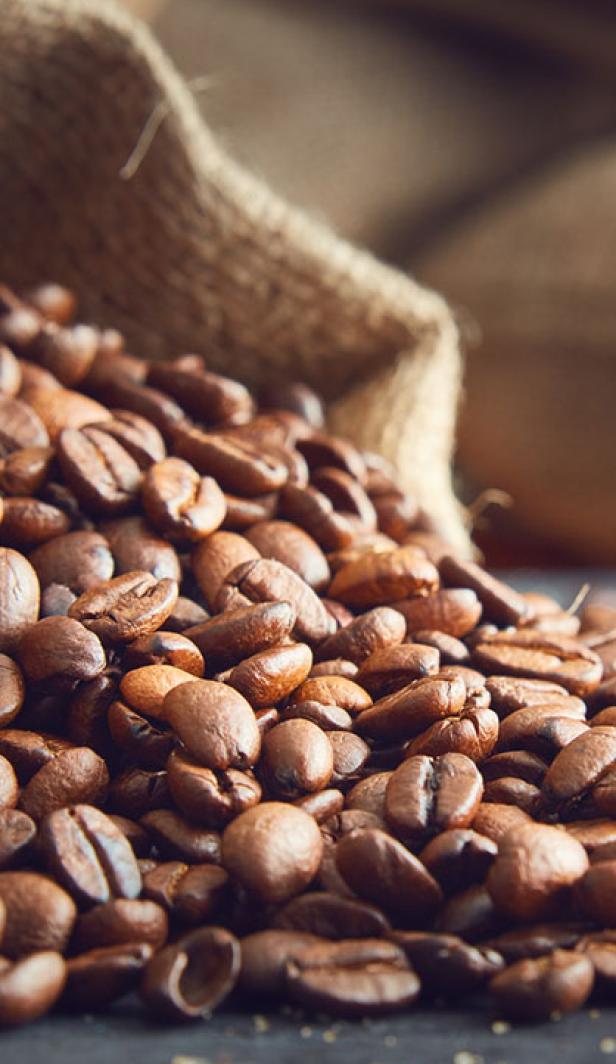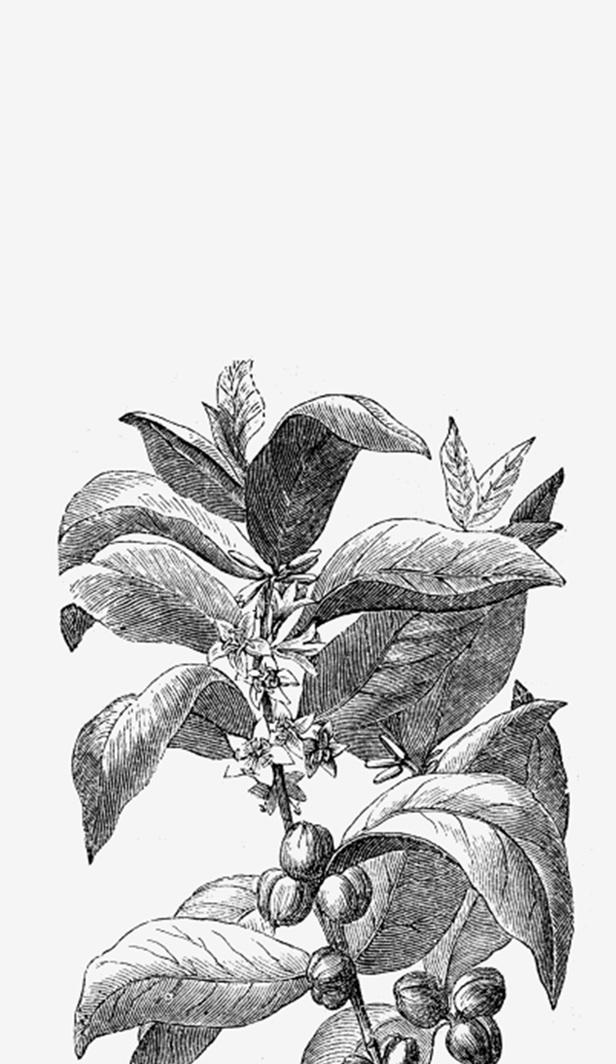What is single origin coffee?
Single origin coffee simply means coffee that has come from one country and region. When green (pre-roasted) coffee is imported, it will always be packaged and delivered as single origin.
However, the single origin label is not an indicator of quality or area status. Despite this, it should theoretically mean that you are tasting the characteristics unique to that specific region.
The origin of the coffee bean matters because influences such as soil type, climate, production region and methods as well as the processing approaches all have a part to play in the shaping of the final flavour, from the aroma to the aftertaste. But what does single origin coffee really mean? There are different types of geographical origins that are included in this umbrella term.
Single Country or Region
The beans are well sourced from the same country. These are labelled such as Honduran, Colombian, or Peruvian beans. Think of a large country such as Brazil, with its different microclimates, it’s expected that there will be undisputable differences between the coffee beans that are harvested in the northern regions and those in the south. Single origin might mean a single coffee region, or a single farm within that region. It can also sometimes refer to a patch of cropland, or from a particular area within the farm.
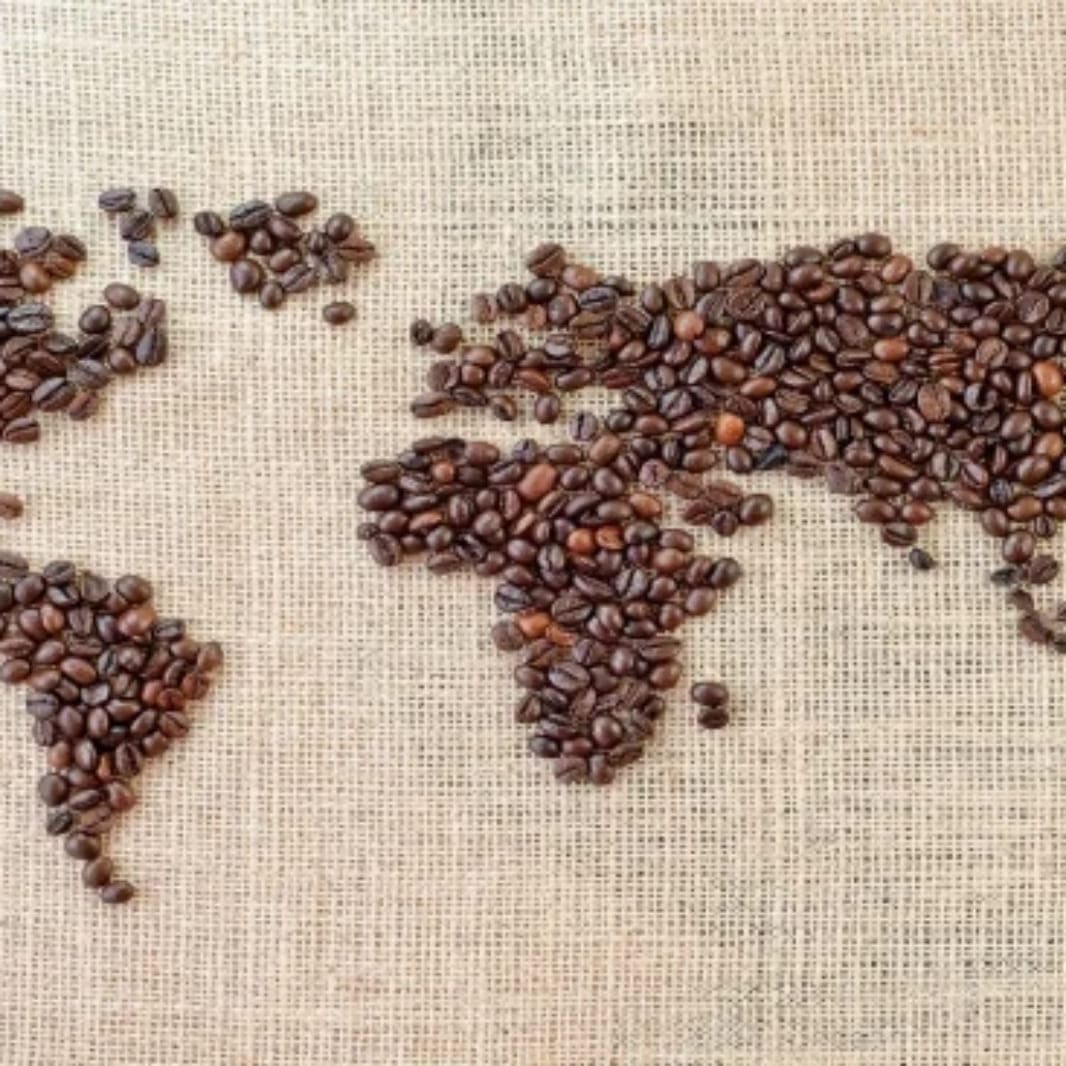
Lots, Microlots and Nanolots
A single origin is a rough measure that could be as broad as a country, or a specific smallholder manufacturer.
A single cropland refers to a particular batch of coffee that could be defined by its time of picking, or the area that it grew on the farm. At the most specific end is where microlots and nanolots come into play.
These terms are loosely defined and reciprocally used, but they usually refer to smaller lots, that are separately grown and processed with extra care to achieve a smaller amount of high-quality, individual coffee type.
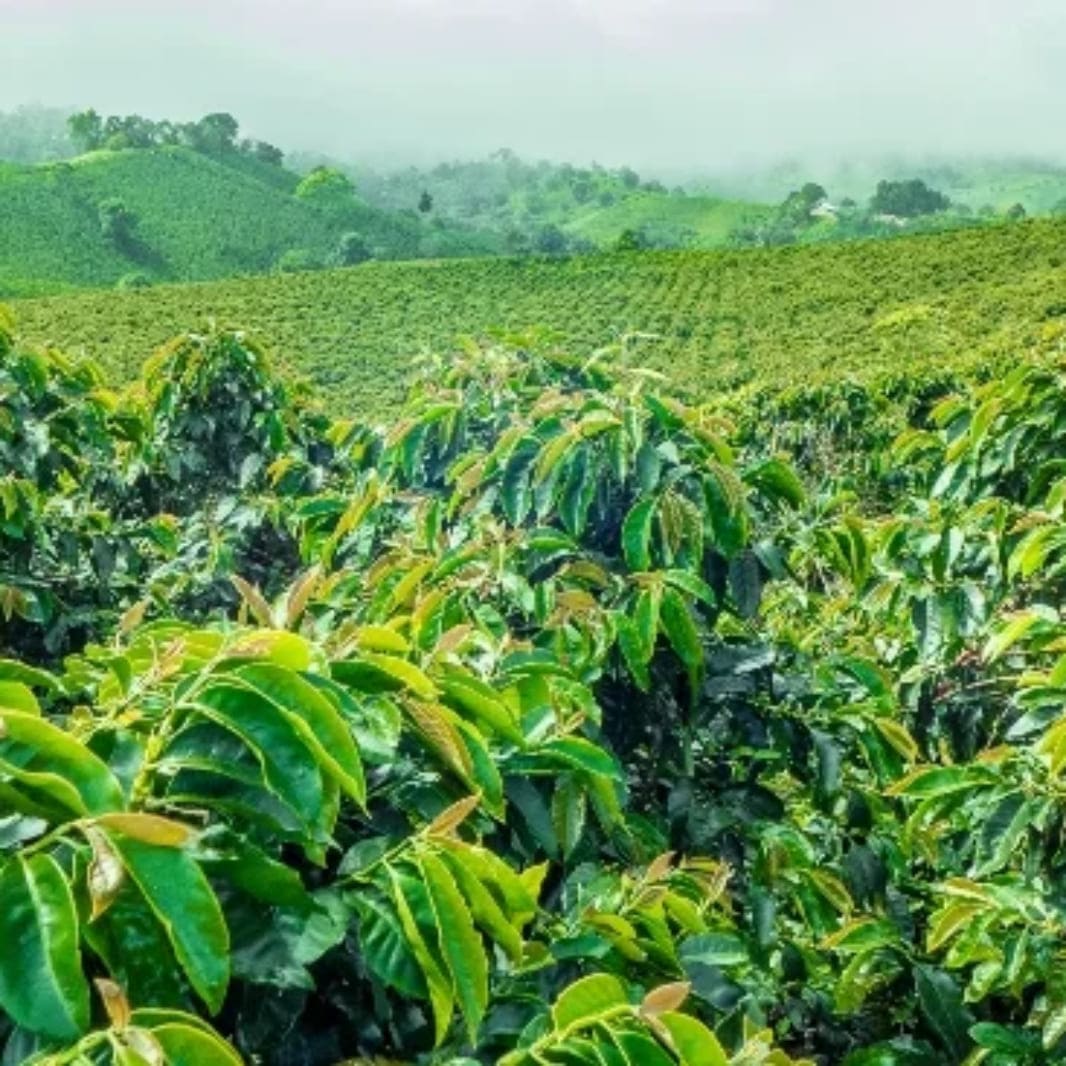
What is blended coffee?
The term single origin coffee exists because the majority of coffees are a blend of multiple coffee types. Most roaster will purchase their coffee from different origins and proceed to blend and roast. them together, which creates a more consistent taste, flavour profile and mouthfeel.
To blend or not to blend coffee
Blends, as the name proposes, are a mixture of unalike coffee beans sourced from different locations and processed together. The beans can be sourced from different regions within the same environmental area, or are sourced from totally separate countries around the world. The next time you sip a coffee in your local café, try and spot their house blends.
However, mixing the wrong single origin beans together can result in a bland or unpleasant taste. It requires skill and wide-ranging knowledge. Mixing of coffee beans flattens out the more intense characteristics and also covers up its origin, so essentially, you are losing all the unique qualities of these coffees.
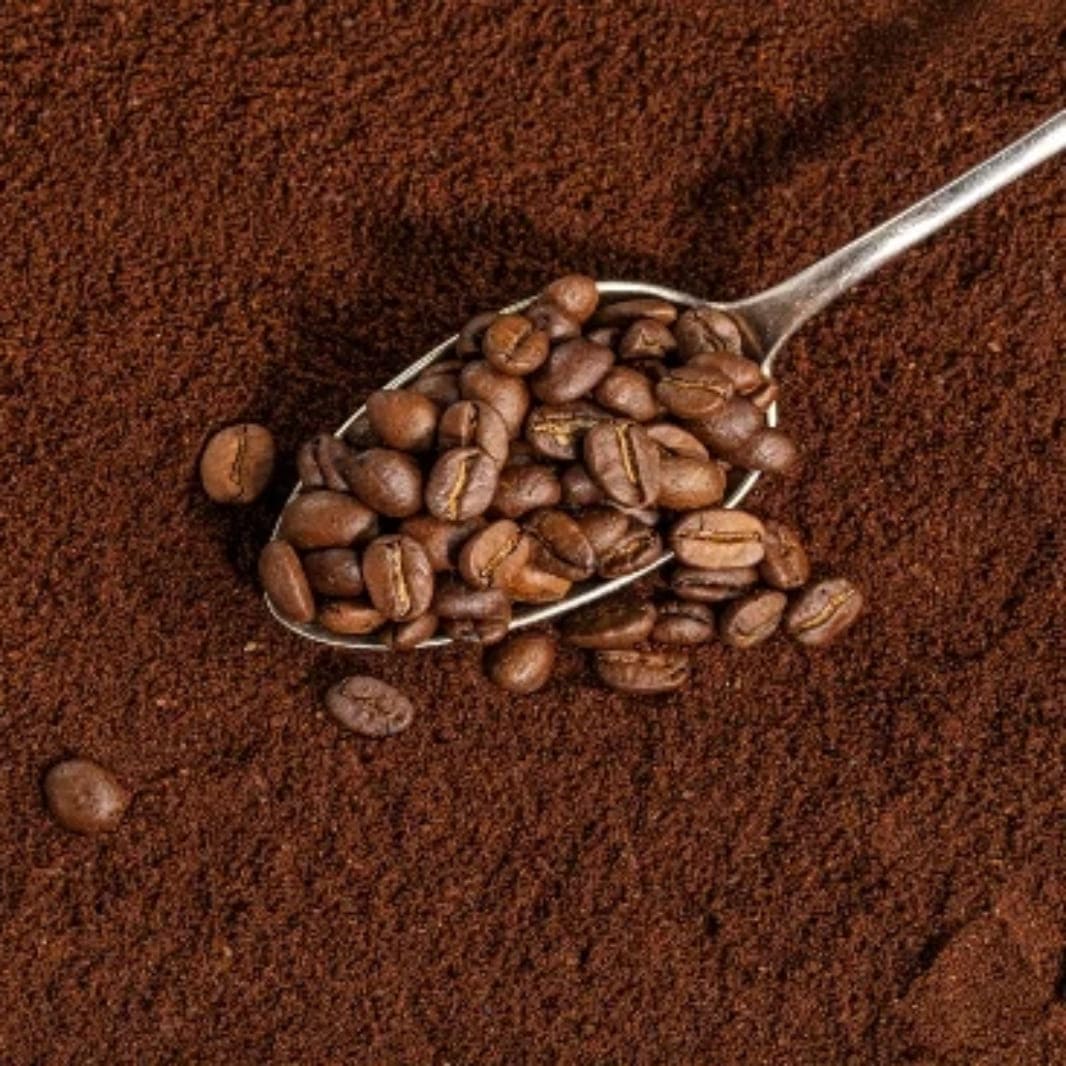
What makes single origin coffee special?
It mostly comes down to taste. However, that does not mean that single origin coffee necessarily tastes better than blended coffees, but that each single origin coffee tastes different to each other. Many factors influence the flavour, including coffee diversification, inputs, climate, and processing. Each one of these factors is unique to a place. From country to country and region to region, coffee flavour varies.
A very important characteristic of single origin coffee is how it is grown and cared for seasonally. Coffee tastes best when it is recently harvested. Single origin coffee will usually be very unique since it comes from one region. Many roasteries prefer to roast single origin coffee beans to a lighter roast so that the subtle notes of the coffee bean are more palpable and can be appreciated in coffee.
Which single origin coffee is best?
Just like the question of whether single origin coffee or a blend is better, the answer to which origin is best is purely based on an individual’s opinion. Countries that have historically imported coffee, Belize and Cambodia, for example, are both within the coffee sphere but are not coffee leaders by any means.
The best coffee origins are again individual, however, those which produce Arabica beans are more favourable. The Arabica coffee bean grows at higher altitudes than Robusta coffee beans, and only under certain conditions. Countries such as Ethiopia, Guatemala, and Mexico have larger mountain ranges and export a large amount of Arabica beans.
Single origin coffee is unique and will make any coffee special, choosing the right one for you, depending on your flavour preferences, will be sure to give you a coffee experience like no other.
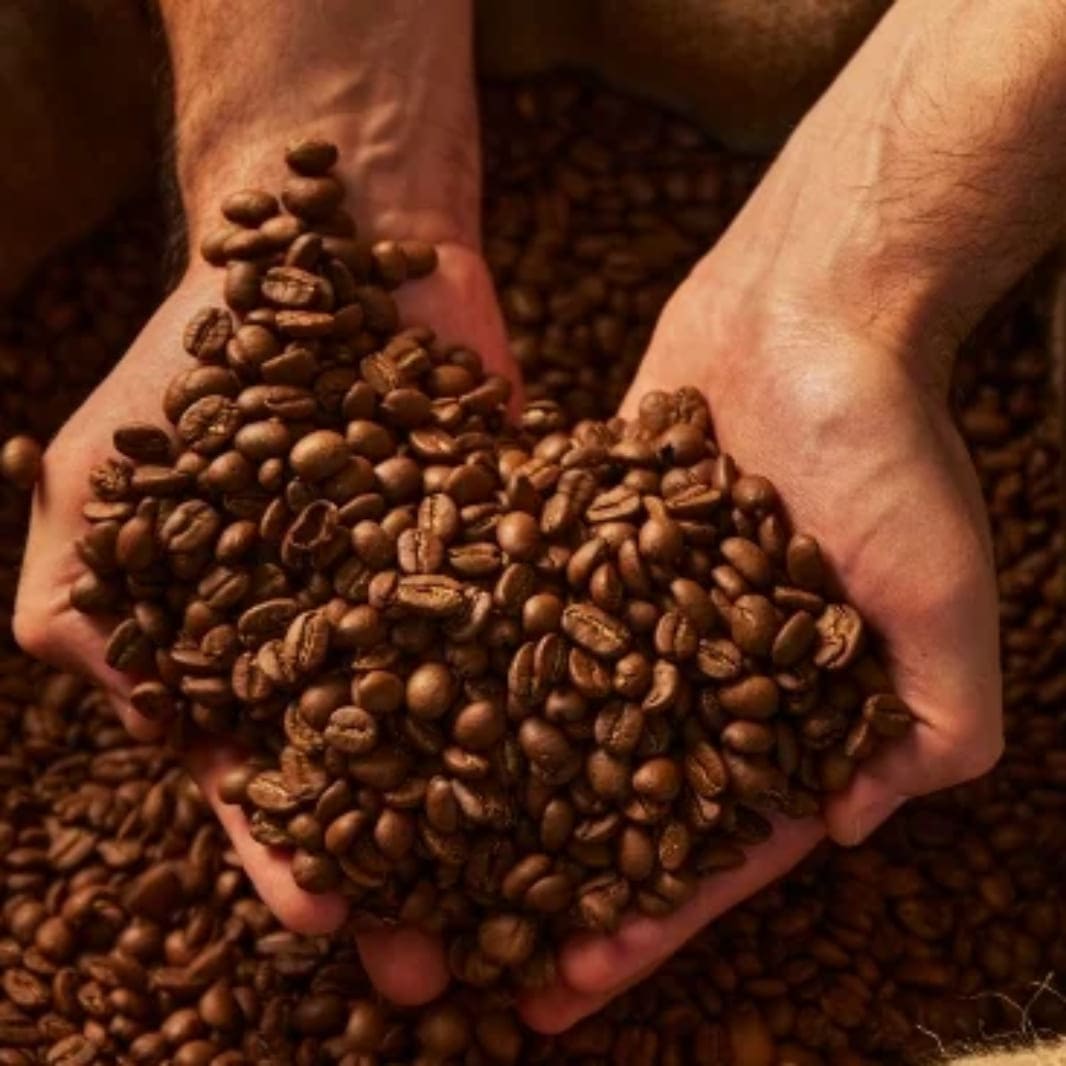
Now that you know what single origin coffee is, it’ll be sure to help make your coffee decision easier next time round. Want to know more about different coffee types? Read our article, what is instant coffee, next.
Today’s community favourites



